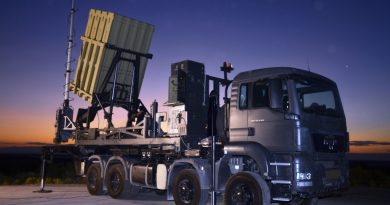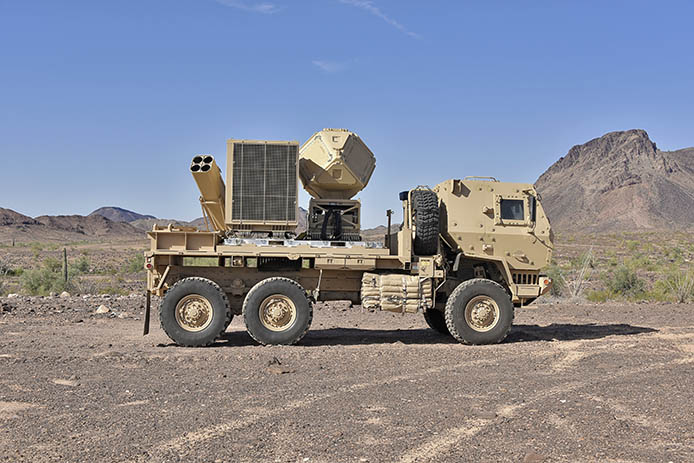
Raytheon: C-UAS capabilities move to the next level
The increasing threat of UAS is leading to the development of a number of systems capable to counter it. At DSEI Raytheon continued the promotion of its C-UAS capabilities, thus the London exhibition gave EDR On-Line the opportunity to have a clear view on existing and evolving assets developed by the US-based company.
In June 2019 the US Army announced the Initial Operational Capability of the Howler, the name given by the service to the C-UAS system based on the KuRFS (Ku-band Radio Frequency System) and on the Coyote unmanned aircraft system. “Five years ago the interest for such asymmetric capabilities started to surface, then the company answered a Joint Urgent Operational Need and exploiting Raytheon’s enabling technologies developed a modular system that includes sensors, effectors, including non kinetic, and command and control assets,” James McGovern, VP Business Development at Raytheon Mission Systems and Sensors tells EDR On-Line. While the company portfolio would allow coping with UAS ranging from Group 1 to Group 5, the system developed deals with Group 1 threats.
As said the sensor is the KuRFS radar, originally developed to cope with the RAM (Rocket, Artillery, Mortar) threat. This radar exploits the GaN (Gallium Nitride) technology that allows reducing the size of its AESA (Active Electronically Scanned Array) antenna while maintaining long range and high sensitivity. “The KuRFS ensures detection, positive identification and tracking on 360° out to a range of 16 km against Group 1 UAS,” McGovern says, explaining that not only Raytheon is ready to provide a C2 suite for the C-UAS system but also to integrate the system itself in customer’s command and control suites. “We are considering evolving TTPs (Technical Tactical Procedures) adopted by potential opponents, such as multi-axis attack, in order to provide not only today but also tomorrow solutions,” McGovern adds.
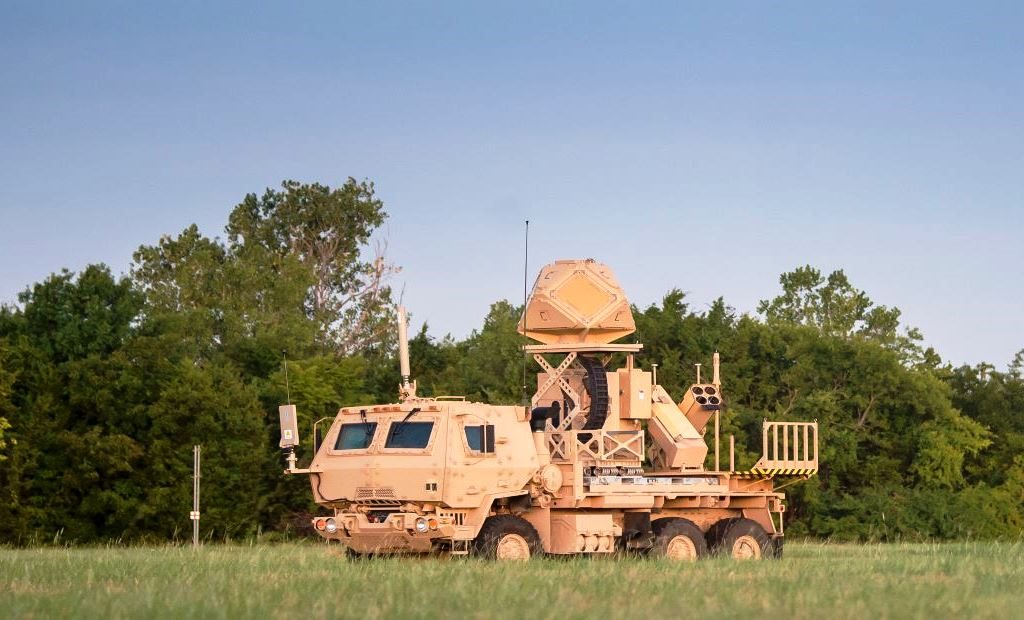
Coming to effectors, the one currently in use is the Coyote Block 1, however the company is ready to provide also direct energy systems in the form of a 10kW class HEL (High Energy Laser) effector and of the Phaser HPMW (High Power MicroWave) system. The Stinger missile is also considered as a C-UAS effector, however only against Group 4-5 air vehicles. The effector currently in use is the Coyote Block 1. Powered by an electric motor it features tandem wings and tail fins, all surfaces extending after launch, the Block 1 is 600 mm long, has a 1,473 mm wingspan and weighs 5.9 kg. This air vehicle was originally designed as a loitering munition, and then evolved into an effector against UAS in order to answer the JUOR. Not many details are available on this munition, however looking at videos it is safe to say that it is fitted with a proximity fuse.
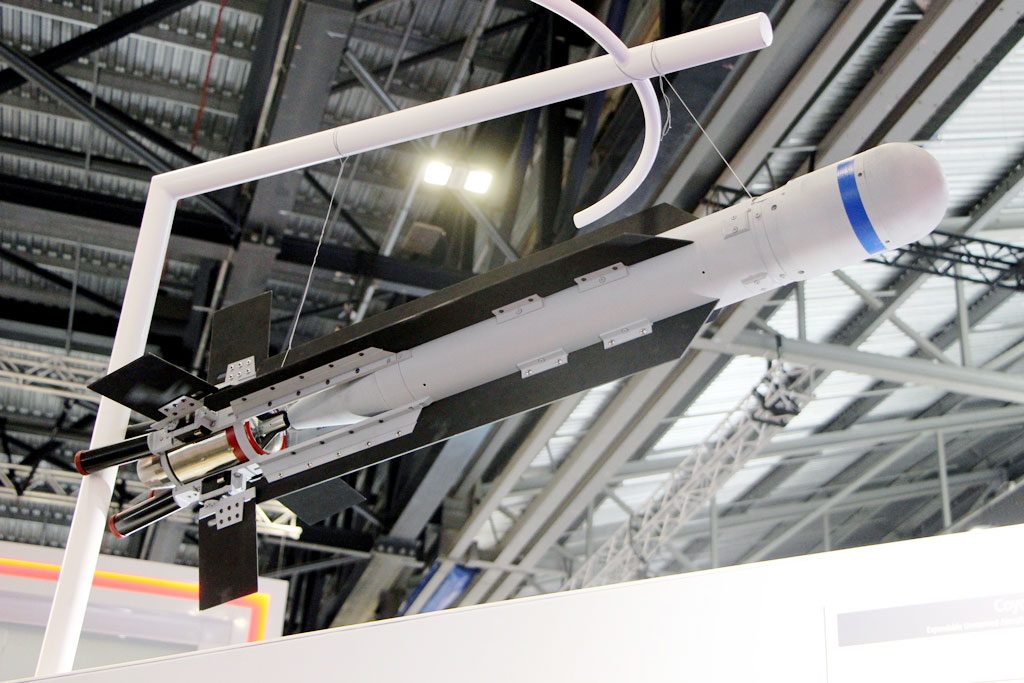
This is the system currently deployed by the US Army, however a new effector is ready to take over. “The Coyote Block 2 is a wholly different system, powered by a turbine assisted jet engine, capable to reach 555 km/h maximum speed (versus 130 km/h of the Block 1), and it is fitted with a new warhead,” Pete Mangelsdorf, Director Unmanned Air Systems at Raytheon Missile Systems tells EDR On-Line. Beside the much greater speed the Block 2, which is much more missile-like in aspect, is also more manoeuvrable and features a greater range. Production of the new effector will start in Q4 2019, IOC being forecasted for Q1 2020, considerably increasing Raytheon’s C-UAS system effectiveness. “Our system has attracted considerable interest from potential export customers, sales being done through FMS channels, and we are closing on some export contracts,” McGovern says. Raytheon is working at a palletised version of the Howler.
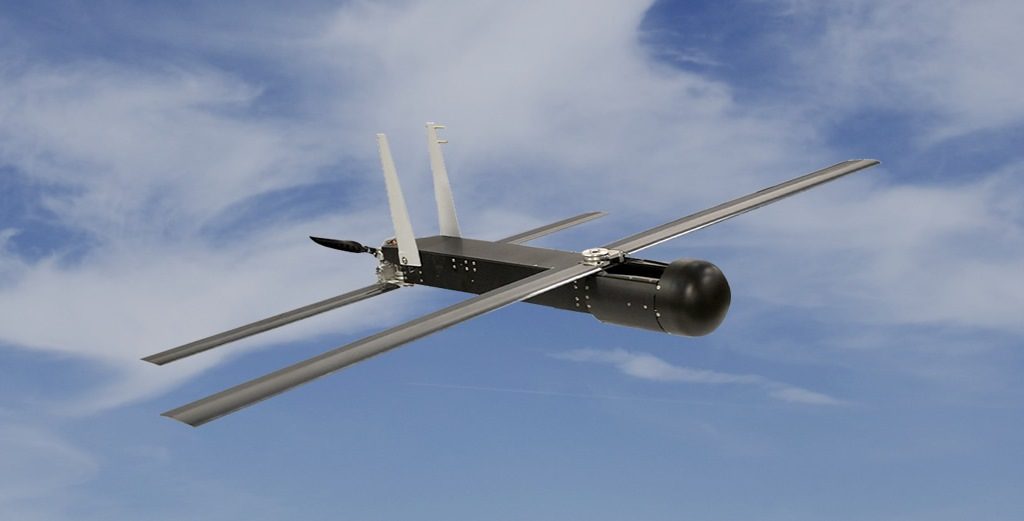
“We are working on the Coyote Block 3,” Mangelsdorf adds, “which will be able to carry out attack, electronic warfare and observation missions.” EDR On-Line understood that its architecture might be similar to that of the Block 1, it will be powered by an electric motor, however it will be bigger than the original Coyote. “The Block 3 is in competition for one of the services programme of record, and will be fully developed only if selected,” Mangelsdorf concludes.
Photos courtesy US DoD and Raytheon

